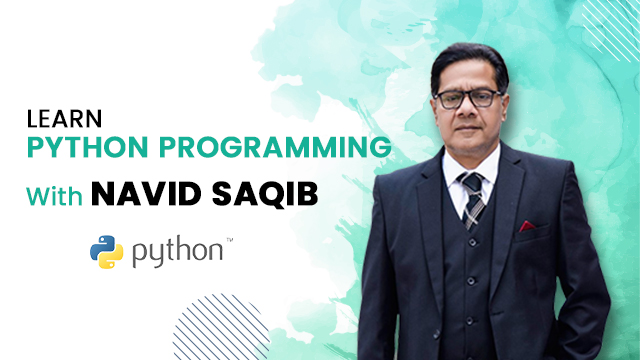Currently Empty: $0.00
Paper 1 – Theory (Typically 2 hours)
0/20
Introduction Paper 2 – Practical (Typically 2 hours) done
0/2
Problem Solving
0/5
Relation of Real Life and Programming done
0/5
Stages of Programming
0/14
Dealing with Constructs
0/24
Question Set 3
0/3
Flow charts – The easy concept
Concept of Validations
0/6
Question Set 4
0/2
Dealing with 1D Arrays
Dealing with 2D Arrays
Linear search with !D Array – The common pattren
Bubble Sort – The common Pattren
Modular Programming – Concept of Procedures and Functions
Handling Errors in Pseudocode
File Handling
File handling – with 1D Array
Logic Gates
Databases
Writing clear and concise pseudocode is essential for developing efficient algorithms. Here’s a guide to crafting perfect pseudocode using key stages:
-
Setting and Declaration of Variables and Constants: Begin by defining all necessary variables and constants, providing a clear understanding of the data being used.
-
Input from User: Prompt the user for any required input, ensuring the algorithm can adapt to different scenarios.
-
Process: a) Setting and Declaration: Reiterate the importance of setting and declaring variables within the process to maintain clarity. b) Input: Incorporate any user input into the process, enabling dynamic computation based on user-provided data. c) Process: Perform calculations or execute logical operations required to achieve the desired outcome. d) Output: Clearly define the output format, ensuring the processed data is presented in a readable manner.
-
Final Output: Summarize the results or provide the final output, demonstrating the effectiveness of the pseudocode in achieving its intended purpose.
By following these stages, developers can create pseudocode that is not only comprehensive but also easily translatable into actual programming code, laying a solid foundation for efficient algorithm development.

